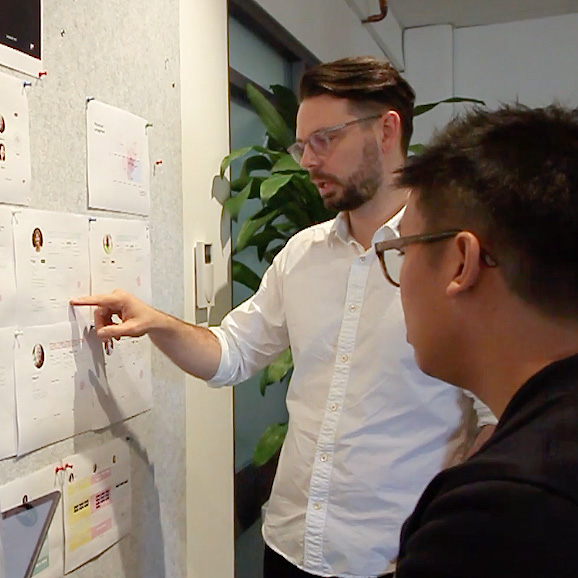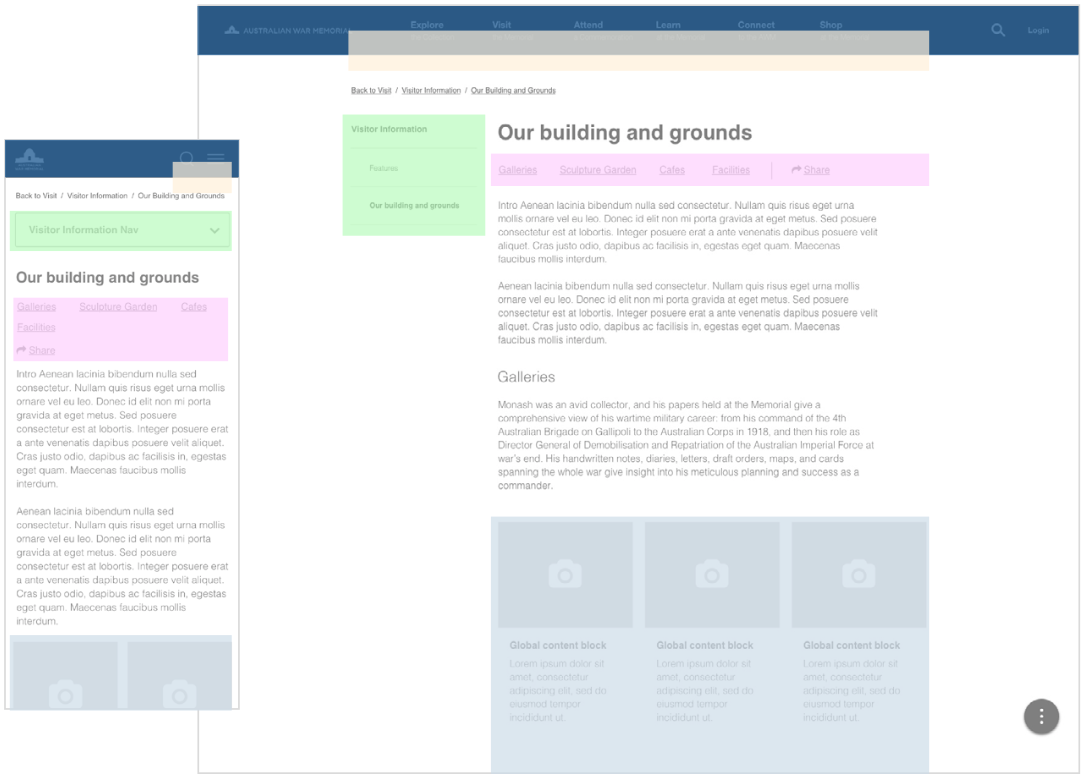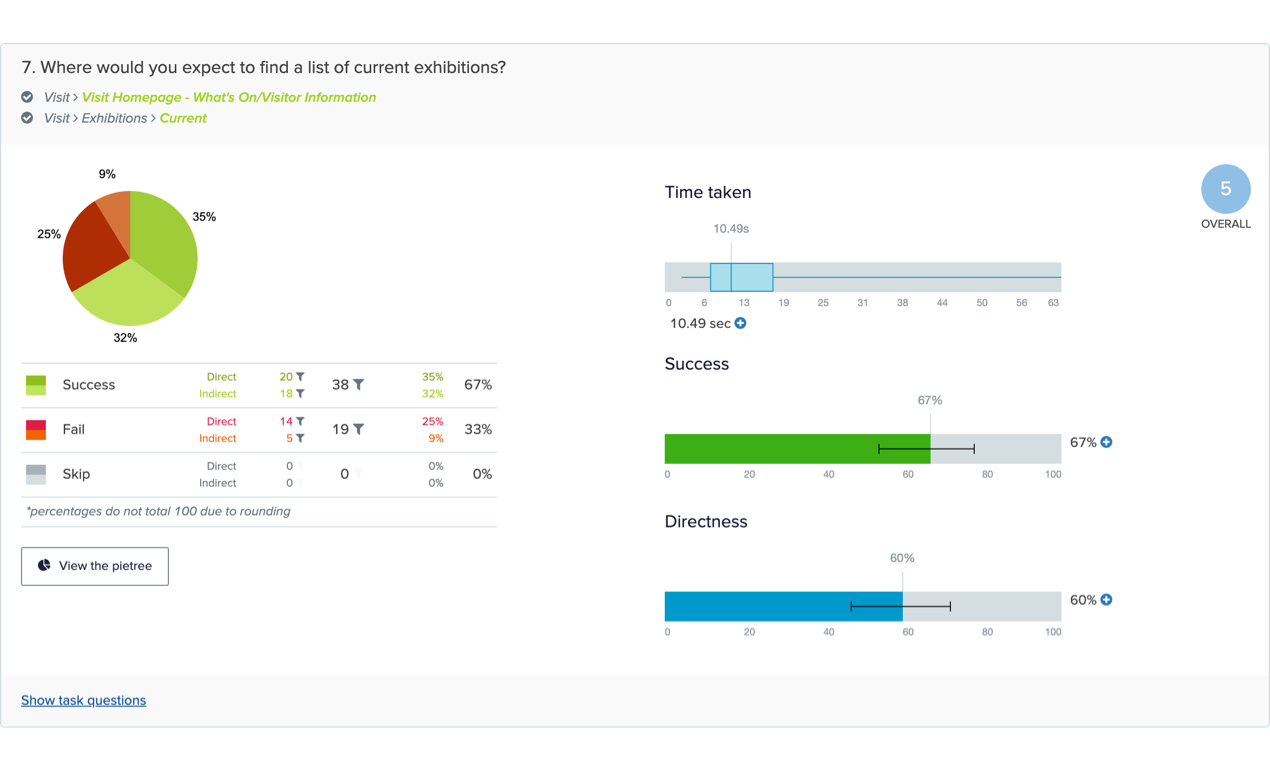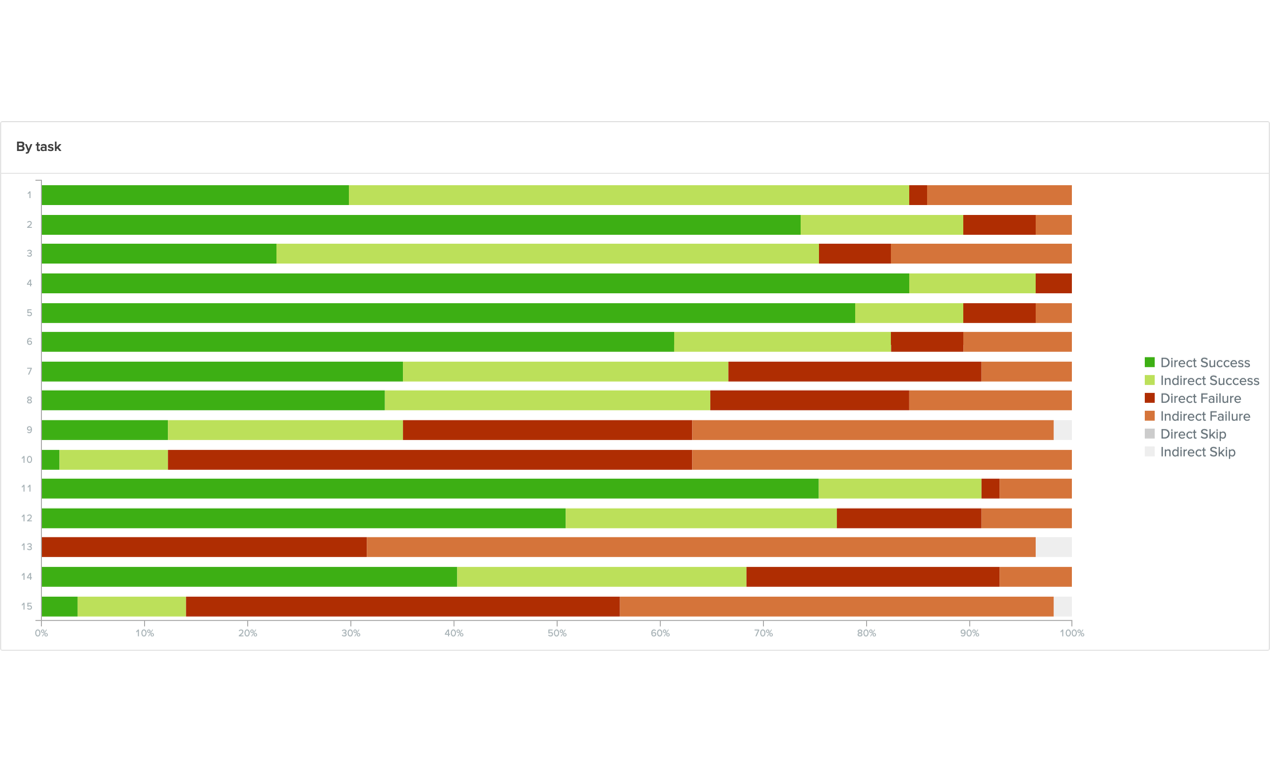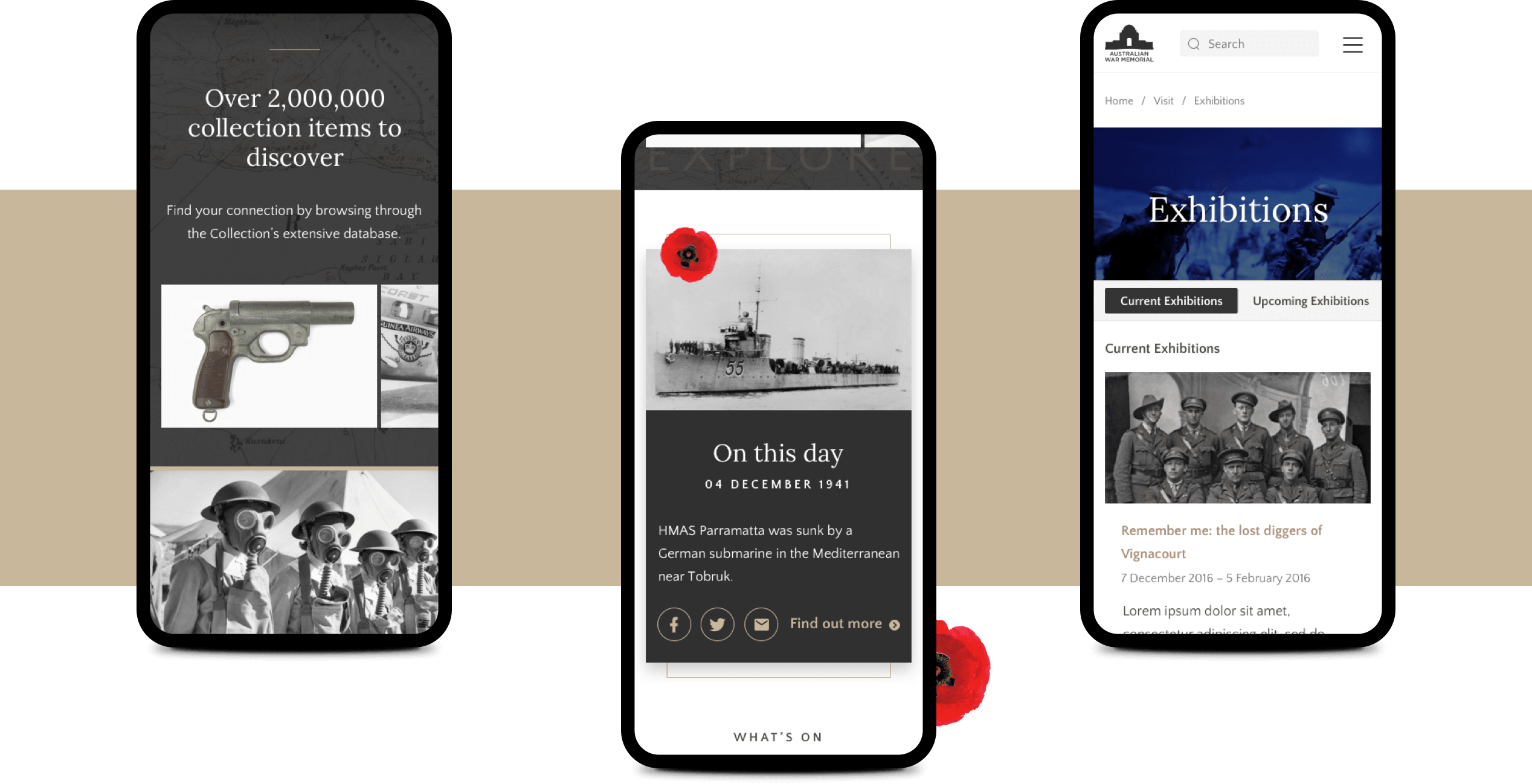Australian War Memorial Website
Helping Australians find their connection to our military history.
The Project
The Australian War Memorial required a complete website rebuild to help users discover their connection to Australia’s military history.
The existing site had a vast collection but a difficult to navigate experience meant that only a third of the collection was being accessed. Poor page layout, language and design, plus fragmented search functionality meant users were unable to find relevant information or gain a rich experience akin to that of visiting the memorial.
Audience personas
The War Memorial website needed to support the unique needs of diverse audience groups. From students, teachers, historians and researchers to older parents, tourists and veterans, the website needed to enable them all to explore with ease. To understand these users, research conducted by the Australian War Memorial was consolidated with research conducted by internal agency teams. These were compiled simply into audience personas that provided principal insights driving website feature ideation and decisions. The distillation of audiences in this way was so well received, they have become a foundational reference for all future War Memorial projects.
Interface Design
User flows and task models were produced based around the pains, gains and needs of personas.
I facilitated co-design workshops bringing cross discipline teams together for feature ideation that addressed user needs. I led the UX and Digital Design team in the production of a modular interface design system that reflected the identified features while prioritising impactful content within a reverent and modern adaptation of existing Memorial brand elements.
Approaching interface requirements in this way ensured the site would be effective in its appeal to a diverse audience ranging from school kids to grandparents, while modular systems enabled Memorial staff to manage page templates simply in perpetuity.
User testing
User testing was conducted in multiple stages across the project timeline, with a mix of qualitative and quantitative research that was used to identify and iterate on any issues that users encountered.
With the website’s foundations built around access to the vast Memorial Collection, a medium fidelity, highly functioning prototype built in Algolia, became the primary focus for our testing. This enabled issues with the search functionality and features to be identified quickly and solutions to them could be rolled into development that would go on to be part of the final production release.
Additionally, as we reinvented the entire IA of the sites 7000 pages, another major focus was to test the navigation and users ability to achieve key tasks throughout the site. Results of these were addressed through design and development changes accordingly. While iterative testing confirmed the improvements made, the performance of these were complied as a report against key project objectives and goals to validate all structural changes.
Instant search and discovery experiences
A lightning fast and comprehensive search platform surfaced more relevant records and information allowing for easy exploration of the Memorial’s huge collection of records.
The Outcome
The immersive new website design injected with emotion and warmth, a comprehensive new on-site search service, an entirely new information architecture, all delivered through a modular design and development system resulted in:
- 28% bounce rate decrease.
- 12% user return rate increase.
- 29% increased average time on page.
- 28% increased visitor goal conversion.
- 22 average searches per user visit.
Awards
Credits
Agency: WiTH Collective
CCO: Steve Coll
Senior Digital Producer: Sophie Tschuchnigg
Head of Digital Experience: Paul Kelly
Lead Experience Designer: Paolo Sta Barbara
Senior Digital Designer: Stephen Brabazon
Creative Team: Michael Healy & Ray Ali
Head of Development: Som Meaden
Developers: Drew Kennelly, Michael Mallett, Tinny Nguyen, Indrek Paas
March, 2017

